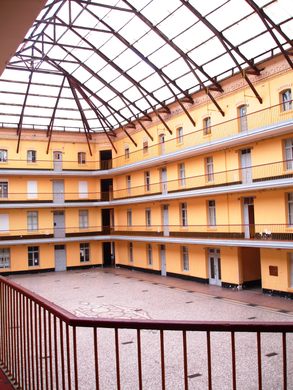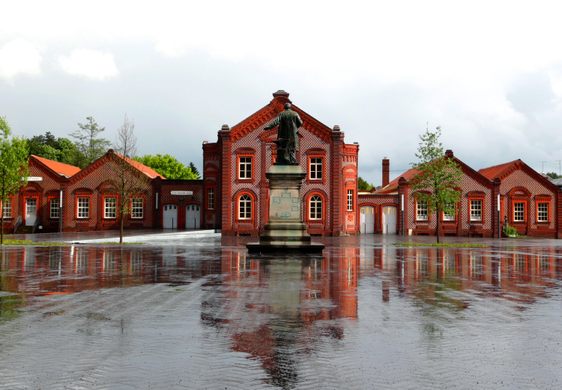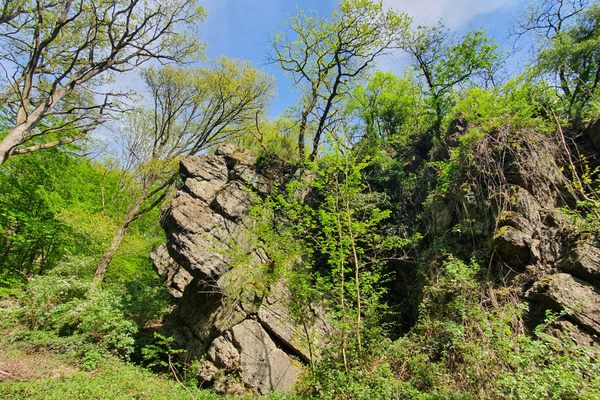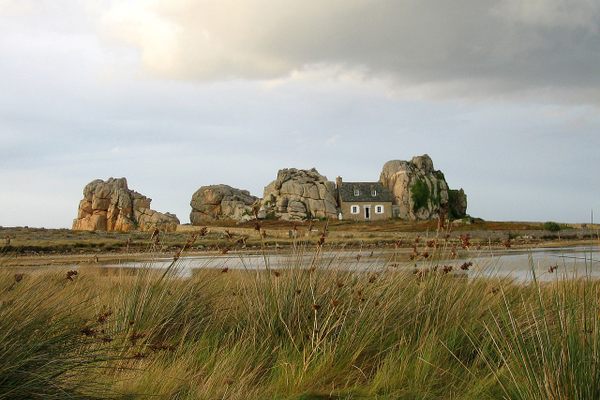Familistère de Guise
This "social palace" housing complex created a relatively stable and self-contained worker's society... for a time.
French cast-iron stove manufacturer (as well as social reformer and philosopher) Jean-Baptiste André Godin was a life-long believer in worker’s rights and when he got the chance to provide his factory workers with a radical new model of labor he went all in and created the Familistère de Guise, a self-contained housing complex that promoted social cooperation among its residents.
The main structure of the Familistère was the large tri-section residential buildings. They consisted of three, simple, square blocks connected at the corners with four floors of apartments all surrounding a central courtyard which was itself covered with a glass skylight. The large open area in each building was used as a recreational area for the children of the workers. Across from the apartments was a theater, a pool, and other facilities that were open to the residents. There was also a building that contained a small selection of shops for everyday needs. All of this was located within spitting distance of the factory where they worked.
At its height, the complex housed over 1,700 people; the overwhelming majority worked at the factory as well. While this set-up may seem a bit bleak by today’s standards, it managed to alleviate a number of the issues involved with workers living father away in isolated homes with little community. By emphasizing what he called “social sympathy,” Godin’s experiment was able to create a successful worker’s society in microcosm. Unfortunately it was not to last.
A society was set up which left the Familistère in the hands of the very workers who lived there, but after the buildings were severely damaged in World War II and successive generations held onto the apartments, creating tension among people wanting to move in, the society aspect of the building was lost.
Today the Familistère is a historical landmark and while some of the apartments are still inhabited, the public can visit the historic experiment.

















Follow us on Twitter to get the latest on the world's hidden wonders.
Like us on Facebook to get the latest on the world's hidden wonders.
Follow us on Twitter Like us on Facebook